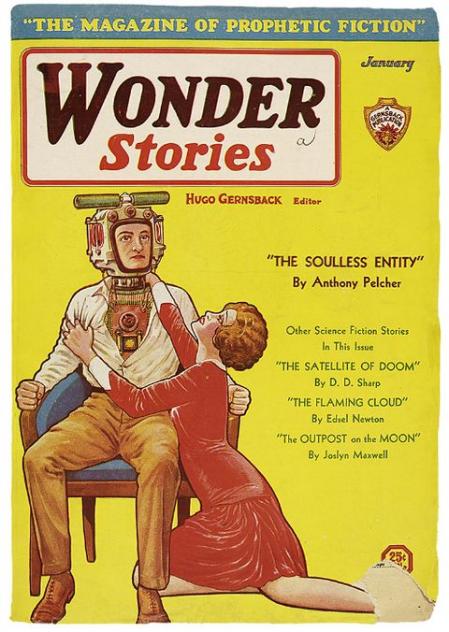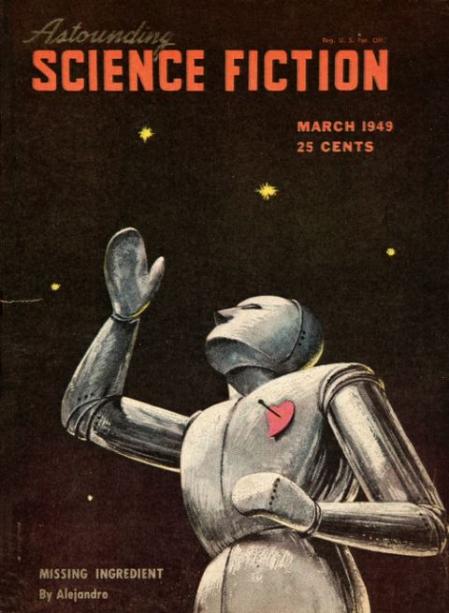I was a Robot
An unbridled belief in technology and limitless science on the one hand, dystopias and doomsday scenarios on the other: The questions surrounding the future of humanity in a world of rapidly increasing technology have held us captive for generations. Against this backdrop, the genre of science fiction took shape in the first half of the 20th century and was then then disseminated through the mass media. Its fantastical visions of the future and man-machines continue to captivate us in books and art, films and music videos, comics and computer games.
Within the large field of themes encompassing science fiction, the exhibition I WAS A ROBOT places the focus on humanoid apparatuses and covers everything from early depictions up until our present day, in which robots have emerged as cyborgs, artificial creations and artificial intelligence. It allows an up-to-date look at the genre and offers the possibility to marvel at the visions of futures past as well as those of our own present day. The exhibition is divided into eight chapters, each of which looks at an aspect of the great wealth of visual inventions and interpretations science fiction has brought forth on the robot theme. The thematic fields include “creation and function”, “irony and poetry”, “serial aspects and repetition”, “artificial creation and intelligence” and “cyberpunk and the death of humanity”. Cover designs for magazines and illustrations, posters, film, objects and video games take visitors to visual worlds in which robots and hybrid creatures become metaphors for our own alienation. Not least, they provide a fascinating insight into the pop-cultural products of science fiction.
Is the robot then a friend or foe to us, does it make our lives better or will its development ultimately render humans superfluous? May it even be obsolete, if we look at digitization, body implants and artificial intelligence? With the advent of technological and digital developments, the visions and scenarios of historical science fiction are moving ever closer to our current lived reality. At the same time, the utopias and dystopias in science and science fiction continue to change unabated.
A catalogue was issued by Edition Folkwang/Steidl.
Please order it here …
Funded by

Share on


